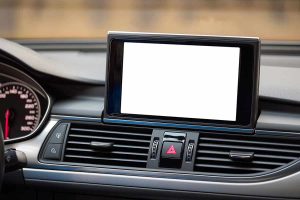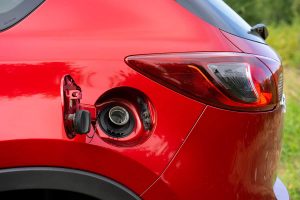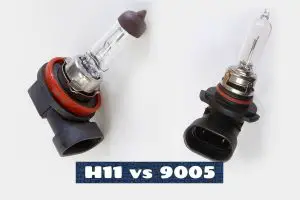As you start your car and begin your daily commute to the office, you hear an unfamiliar clicking or knocking sound coming from your dashboard.
Your heart starts racing as you wonder if it’s a sign of something serious or just a minor inconvenience. Whether it’s due to a loose part, a failing component, or simply normal wear and tear, it’s important to identify and address the issue before it becomes a bigger problem.
The most common causes of these inexplicable clicking or knocking noises in your car dashboard are as follows:
- Loose Dash Cover
- Faulty blend door actuator
- Poor HVAC controller settings
- Faulty relay
- Stepper motor issues
With a little knowledge and some troubleshooting, you’ll be able to get to the bottom of the noise and get back to your daily routine. Today, we’re going to take a closer look at these causes and figure out what you can do (if anything) to resolve them.
What Causes a Clicking or Knocking Noise in the Dashboard?
1. Loose Dash Cover
A dash cover is a protective accessory that fits over the top of a car’s dashboard to protect it from UV rays, heat, and scratches. It is usually made of durable materials such as vinyl, carpet, or suede.
There are a number of potential causes for clicking dashboard sounds if the cover is loose. If the cover isn’t fastened firmly to the dashboard, it may move around and rub against it or other interior components, causing annoying clicking or knocking noises.
When the car is moving, the loose cover can vibrate and amplify any small noises it may be trying to muffle. You can prevent these issues by making sure your dashboard cover is securely fastened and makes a tight fit against the dashboard.
Solution: Fasten the loose dash cover
There are several things you can try to secure the dash cover in place. The first is to tighten the loose screws using a screwdriver. However, if the dash cover has been knocked loose, you may need to replace the screws altogether.
A cheaper solution is to use double-sided tape. Just remember to place the tape in hidden spaces to keep it out of sight.
Finally, you can try installing gap trim—a somewhat affordable option that adds color and style to your dash.
2. Faulty blend door actuator
A blend door actuator is a small electric motor located in the heating and air conditioning system of a car that controls the direction and flow of air into the interior of the vehicle. The actuator is responsible for opening and closing the blend door, which determines the mix of hot and cold air that enters the cabin.
Because the motor may get stuck or fail to properly open or close the blend door, a faulty blend door actuator can cause clicking sounds in the dashboard. There may be clicking noises coming from the control panel or the area around the air vents if the door keeps trying to open or rattling.
Solution: Replace the blend door actuator
- Disconnect the negative battery cable from your car. This will prevent electricity from flowing through your car’s electrical system. You can also disconnect both cables if you wish.
- Take the glove box out.
- Unplug the blend door actuator’s wiring harness.
- Use a screwdriver to remove the air filter assembly’s screws.
- Detach the door actuator and actuator.
- Install the new blend door actuator.
- Reinstall the filter assembly and reconnect the car battery.
3. Poor HVAC controller settings
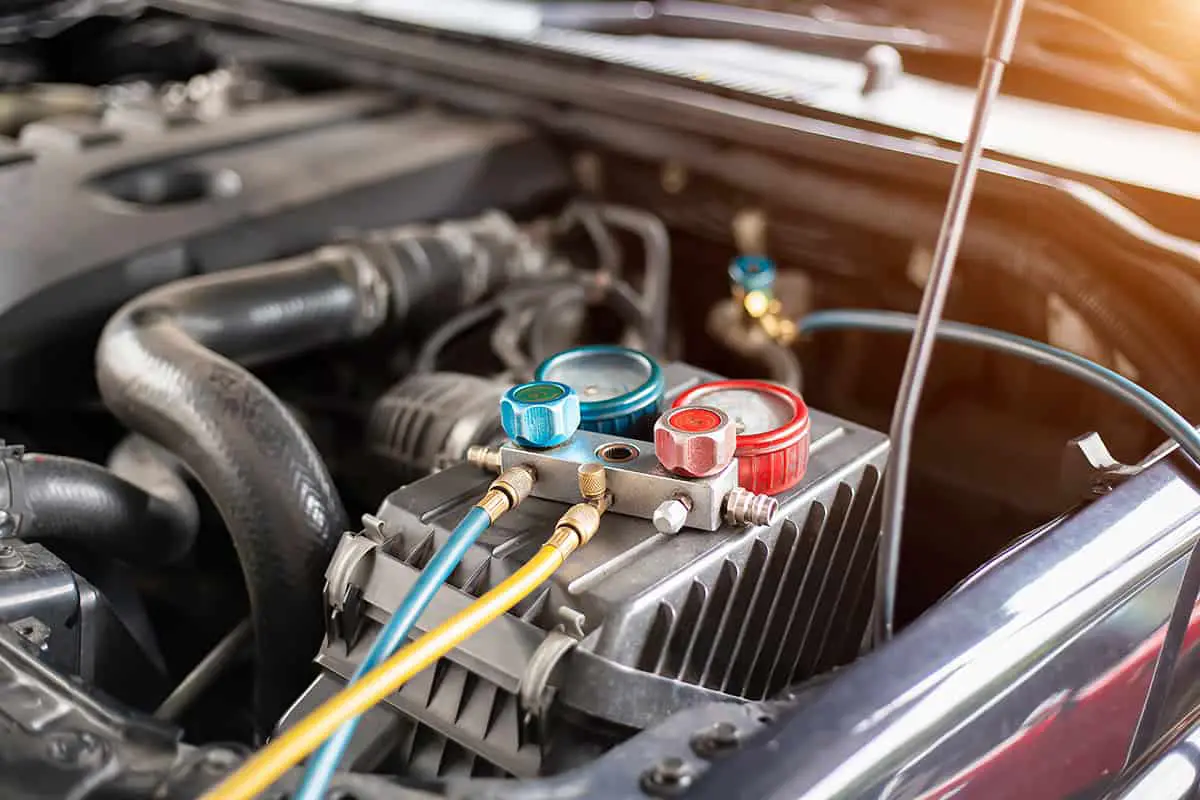
The HVAC (Heating, Ventilation, and Air Conditioning) controller is the component in a car that manages the temperature and airflow in the interior of the vehicle. It typically includes a series of buttons, knobs, or touchscreens that allow the driver to adjust the temperature, fan speed, and airflow direction.
Clicking sounds in the dashboard may be caused by improper HVAC controller settings, which may cause the system to attempt to adjust the temperature or airflow in an incorrect manner. Clicking or knocking sounds in the dashboard may be caused by the doors or actuators rapidly adjusting themselves if the temperature is set too high or too low, for example.
The same clicking or knocking noises could also be produced by an HVAC system that is struggling to maintain the desired temperature due to incorrectly adjusted fan speed or airflow direction.
Solution: Recalibrate the heater motor
- Turn on your car.
- Hit the AC auto-climate button.
- Turn off your car.
- Go to the fuse box and remove the AC controller’s fuse.
- Let your car rest for 2 to 3 minutes before reinstalling the fuse and restarting your car.
4. Faulty relay
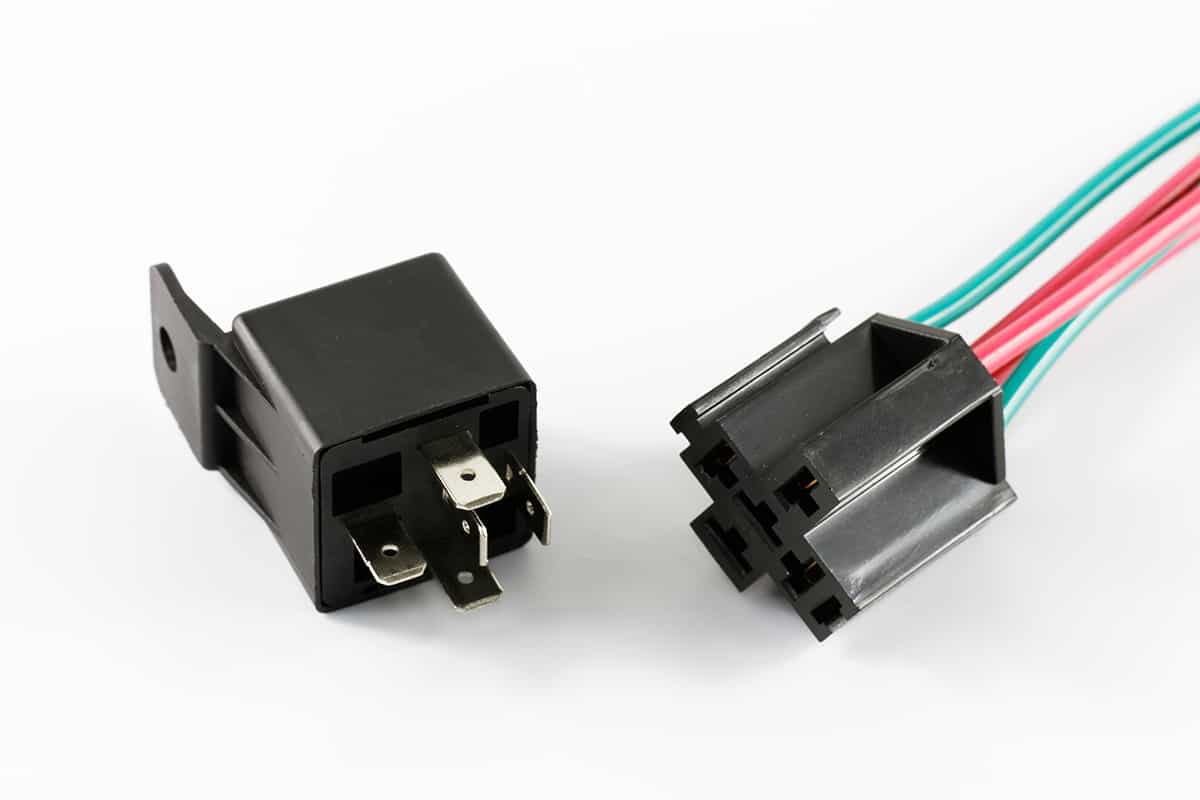
A relay is an electrically operated switch that is used to control high-power circuits with low-power signals. It is commonly used in a car’s electrical system to control various functions such as lights, fuel pumps, and blower motors.
If the relay in your dashboard is malfunctioning, you may be hearing clicking sounds. This is because the relay is repeatedly energizing and disengaging, which causes a mechanical click. When a relay fails, it can disrupt the operation of other parts like the blower motor, which in turn can cause additional clicking sounds in the dashboard as the system tries to compensate.
Solution: Change the faulty relay
- Locate the relay under the hood or inside the dashboard.
- Check the position of the relay.
- Remove the old relay.
- Install the new relay in the same position as the old relay.
5. Stepper motor issues
A stepper motor is a type of electrical motor that can be precisely controlled and can move in small, distinct steps. It is commonly used in automotive applications for controlling functions such as the air temperature blend door, instrument cluster, and climate control system.
If a stepper motor is malfunctioning, it may not be able to move the dashboard component it is supposed to, leading to annoying clicking noises. The dashboard may make clicking or knocking noises as the system tries over and over to reposition the part.
A failing stepper motor may also make a clicking noise when it attempts to move. Worn or broken gears, the wrong voltage, or a faulty control circuit can all contribute to stepper motor issues.
Solution: Replace the stepper motor
- Disconnect the negative cable on your car battery.
- Locate the stepper motor, which should be near the dashboard, HVAC system, or instrument cluster.
- Remove the old stepper motor by undoing the screws, nuts, and bolts.
- Install the new stepper motor.
- Reconnect the car battery.

